“What is a compact phone?” I have been asking everyone, at least within my tech circle, for the past three to four years. I haven’t received a single consistent answer, as different people have different ways of defining what a compact smartphone is. In fact, as phones have grown larger over time, the definition of a compact phone has evolved. A 6.3-inch smartphone, which was once considered quite large, is now seen as compact in a time when phones featuring 6.9-inch screens have become the norm.
However, one common answer was that compact phones tend to have limited battery life and compromised specs. So when I first heard that OnePlus was launching the 13s — its first compact phone — it made me both nervous and excited. The brand, known for its high-performance smartphones, is venturing into a segment that isn’t clearly defined.
There are “small” phones on the market, but there’s no benchmark device that truly redefined the category.
Apple did try to make compact phones and even introduced a “Mini” line, but that’s now discontinued. This leaves OnePlus among a handful of players offering a flagship-grade compact phone.
While some may say a 6.3-inch smartphone doesn’t fit in the category of “small” phone, I get that. A 6.32-inch OnePlus 13s is smaller compared to the OnePlus 13 and 13R, with 6.8-inch screens. It also has a 5850 mAH battery, perhaps the biggest battery size I have seen on a mainstream ‘’small’’ phone.
I will leave it to you to decide whether the OnePlus 13s qualifies as a compact smartphone, but I do believe it might start a new conversation around compact flagships — a category still searching for its hero device. I have had the OnePlus 13s for a few days now, and here’s what I liked about it, and what I didn’t.
What: OnePlus 13s | Price: Rs 54,999 onwards

The joy of using a small phone
I recently switched from a 6.9-inch smartphone to the OnePlus 13s, and there’s a stark difference in how the two phones feel in the hand. Whenever I pick up the OnePlus 13s, there’s a joy in using a smaller phone. Maybe it’s because I used the iPhone 13 mini for the longest time, and I am familiar with the comfort that comes with compact devices.
 The OnePlus 13s is lighter and easier to hold. It doesn’t feel like a huge brick in a pocket. ( Image credit: Anuj Bhatia/Indian Express)
The OnePlus 13s is lighter and easier to hold. It doesn’t feel like a huge brick in a pocket. ( Image credit: Anuj Bhatia/Indian Express)
The physical dimensions of the OnePlus 13s — 8.15 mm thin and 185 gram — make it easy to use one-handed and slip into any pocket, even my tightly fitted Levi’s jeans. Made of aluminum, the phone is lightweight, which not only makes one-handed use easier but also makes it convenient to carry in light clothing, like shorts, during my morning walks.
Story continues below this ad
The phone that comes closest to the OnePlus 13s in size is the iPhone 16 Pro, but that device feels heavier at 199 gram. I won’t say the OnePlus 13s is as small and light as the iPhone 13 mini (which had a 5.4-inch screen), but I really like its size and fit. The phone has a rounded design, and while it initially felt a bit chunky to me, that feeling went away once I started using it. It has a premium build, a glass back, and feels great in the hand. I can reach almost everything on-screen, which makes it a joy to use, especially when I’m standing in crowded places like the Delhi Metro.
I also liked the new camera design on the back of the OnePlus 13s. It’s no longer circular, and now features a squircle-shaped camera housing positioned asymmetrically. There are three colours to choose from, and OnePlus sent me the green variant (marketed as Green Silk) to try, which is exclusive to India. I have been using the OnePlus 13s for several days now, and the phone has a distinct OnePlus look, noticeably different from the OnePlus 13.
 It’s just right for a one-handed device. (Image credit: Anuj Bhatia/Indian Express)
It’s just right for a one-handed device. (Image credit: Anuj Bhatia/Indian Express)
The display, as you know by now, features a 6.32-inch screen with a 120 Hz refresh rate and a peak brightness of 1600 nits. The screen doesn’t feel cramped, and I was able to do most of the things I normally do on any other smartphone, including writing a quick copy using Google Docs. While the 6.32-inch screen may seem compact to some, it’s fairly bright and sharp. However, it’s not quite on the same level as the OnePlus 13, which has a QHD+ display, whereas the OnePlus 13s uses an FHD+ screen.
The phone also has stereo speakers, which are loud and clear, and both facial recognition and fingerprint biometric security work well.
Story continues below this ad
Speed(y) and powerful
One of the things I love about OnePlus devices is that they come with zero bloatware on the version of Android 15 that the 13s runs. There are no third-party pre-installed apps that nobody uses, no cluttered pages of unnecessary software, and no faff as a result. This makes the OnePlus 13s one of the few devices that offer a near-pure Android experience, arguably the closest you can get outside of a Google Pixel.
 The screen is great, but it’s not at the same level as other main line high-end flagships. (Image credit: Anuj Bhatia/Indian Express)
The screen is great, but it’s not at the same level as other main line high-end flagships. (Image credit: Anuj Bhatia/Indian Express)
In terms of performance, the OnePlus 13s is essentially a OnePlus 13 in a smaller body. It features the same Qualcomm Snapdragon 8 “Elite” chip, along with fast 12GB LPDDR5X RAM and 256GB/512GB of UFS 4.0 storage. In other words, it’s one of the most powerful compact phones on the market. In real-world use, you won’t necessarily notice that the OnePlus 13s is any different from other flagships using the same chipset, but it feels perfectly smooth and speedy. All that power should help it stay that way for years to come.
 The original iPhone (left) next to the OnePlus 13s. (Image credit: Anuj Bhatia/Indian Express)
The original iPhone (left) next to the OnePlus 13s. (Image credit: Anuj Bhatia/Indian Express)
The OnePlus 13s is a reminder that bigger battery cells can be fitted into compact smartphones. With a 5850m Ah battery capacity (and support for 80W wired charging), it is very impressive and represents a significant upgrade for anyone moving from an older smartphone.
In my testing, the battery lasted one and a half days even after heavy usage. This leads me to believe that the OnePlus 13’s battery is as good as those found in large-screen smartphones.
Story continues below this ad
A handful of AI features, but some are genuinely useful
I have been feeling overwhelmed by the sheer flood of AI features on smartphones lately. Honestly, there’s just too much of it, and not every AI feature stands out. The OnePlus AI is no exception. There’s far too much to cover here, but I did find some of it genuinely useful.
 The interface is simple and easy to navigate. (Image credit: Anuj Bhatia/Indian Express)
The interface is simple and easy to navigate. (Image credit: Anuj Bhatia/Indian Express)
One feature I liked is Plus Mind, which essentially allows users to easily save information to a dedicated “Mind Space” instead of manually logging important dates or appointments. Schedules, reservations, event details, and other data can be extracted from images or text and then automatically added to your calendar. Later, you can retrieve this information quickly using OnePlus’ AI-powered search feature.
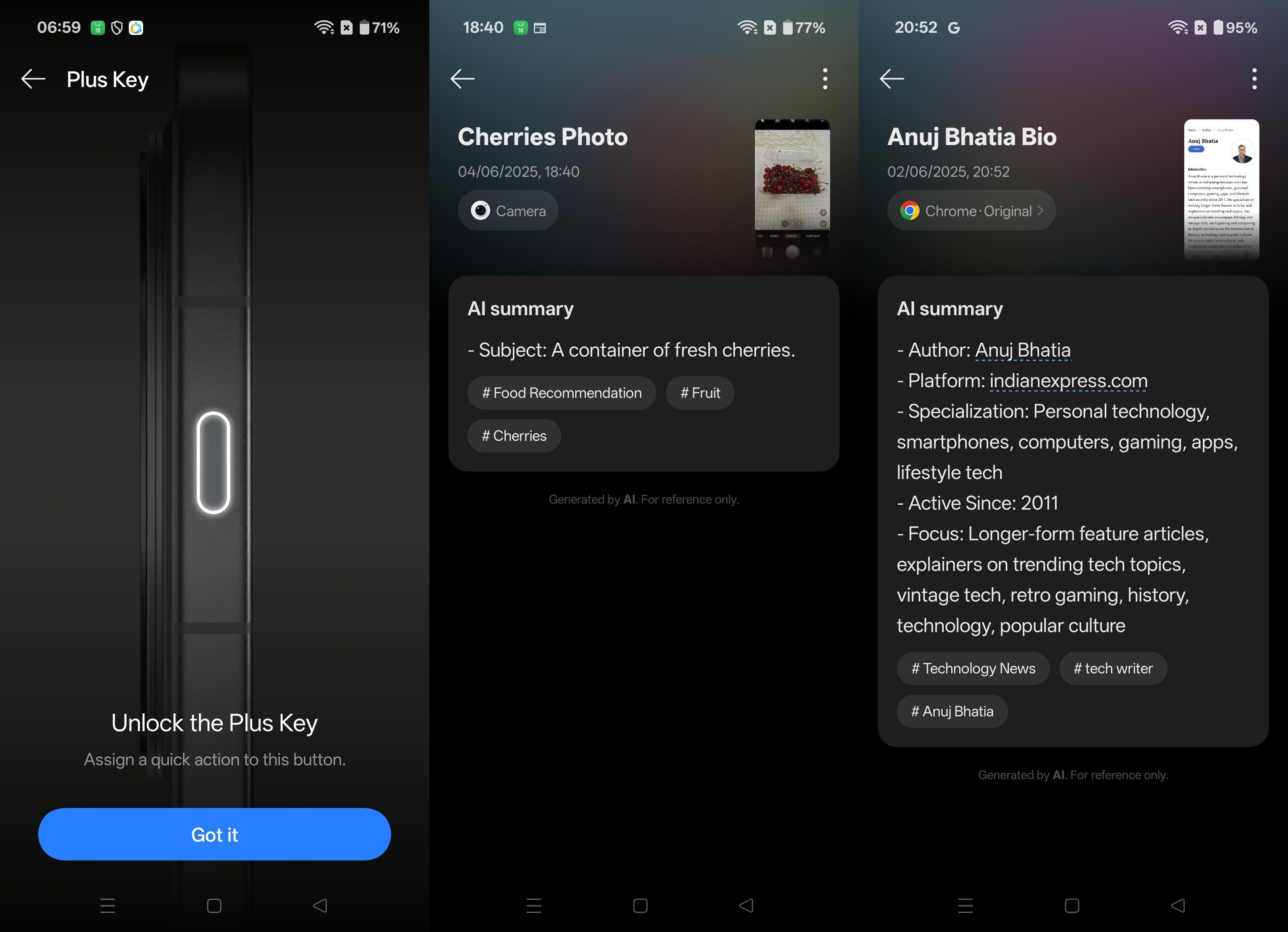 Tap the dedicated button on the left side of the device, and let the AI analyse the photo you have taken. (Screenshot: Anuj Bhatia/The Indian Express)
Tap the dedicated button on the left side of the device, and let the AI analyse the photo you have taken. (Screenshot: Anuj Bhatia/The Indian Express)
Perhaps the most intriguing — and the AI feature I used most often — was during grocery shopping. I am not great at recognising the names of certain items, and usually rely on a handwritten list. Now, I just open the OnePlus 13s’ camera, tap the dedicated button on the left side of the device (which, by the way, is fully customisable), and let the AI analyse the photo I have taken, say, of a pack of fresh cherries. The system recognises the item and provides a quick summary of what it is.
Story continues below this ad
Fun cameras
The OnePlus 13s has two lenses on the back: a 50-megapixel wide-angle camera and a 50-megapixel telephoto camera with 2x zoom.
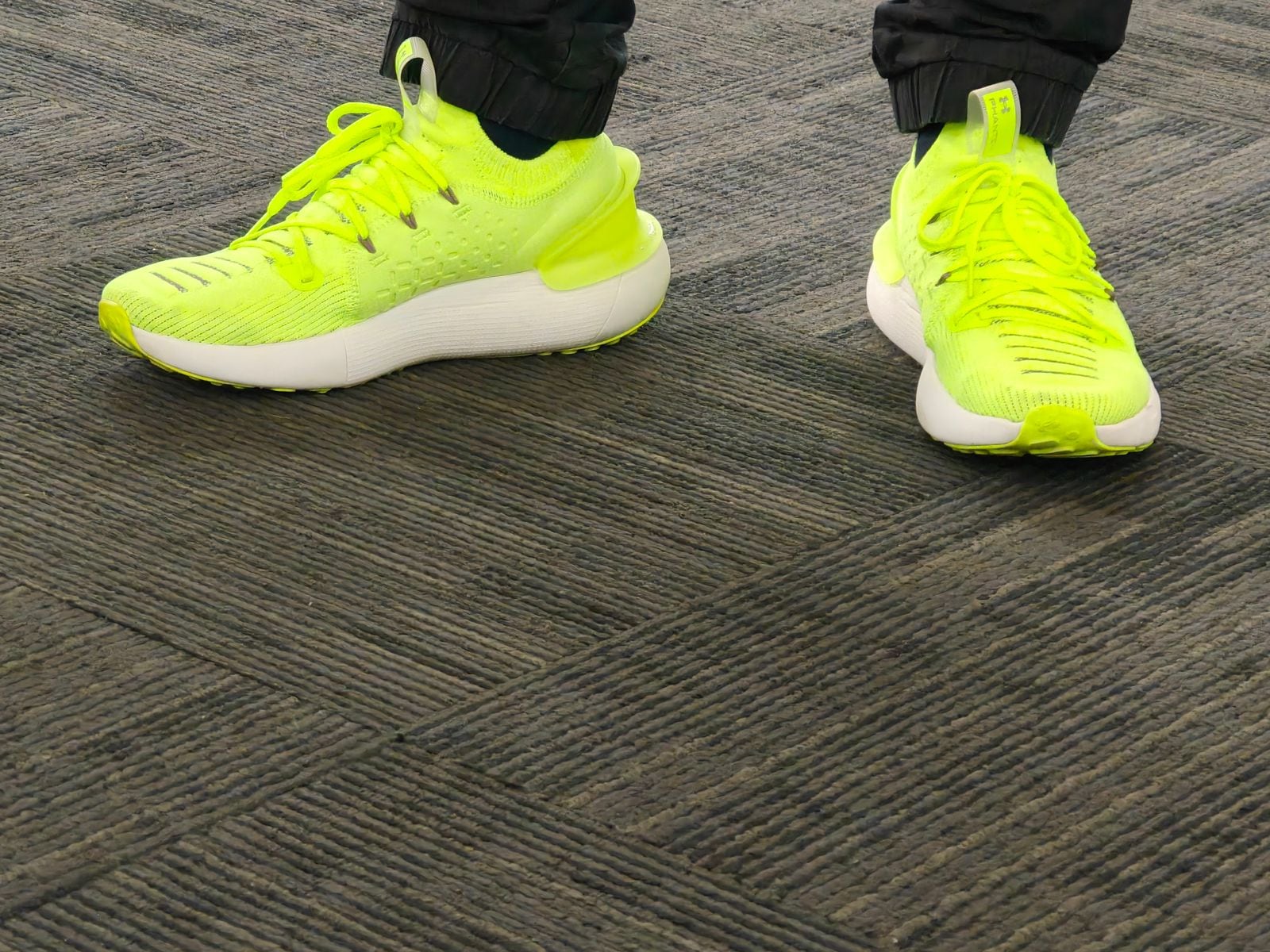 Camera samples. (OnePlus 13s camera samples. Image resized for web)
Camera samples. (OnePlus 13s camera samples. Image resized for web)
 Camera samples. (OnePlus 13s camera samples. Image resized for web)
Camera samples. (OnePlus 13s camera samples. Image resized for web)
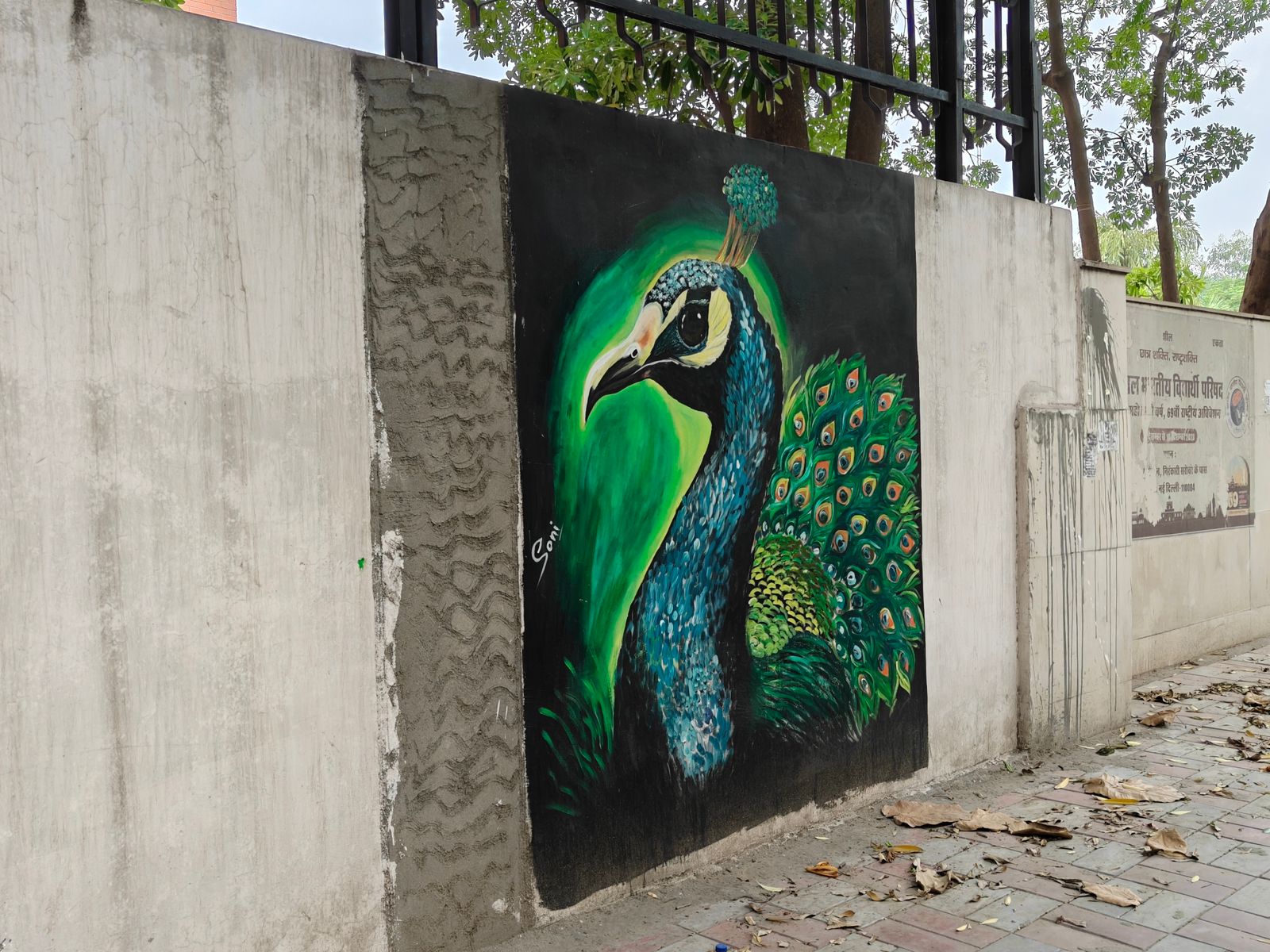 Camera samples. (OnePlus 13s camera samples. Image resized for web)
Camera samples. (OnePlus 13s camera samples. Image resized for web)
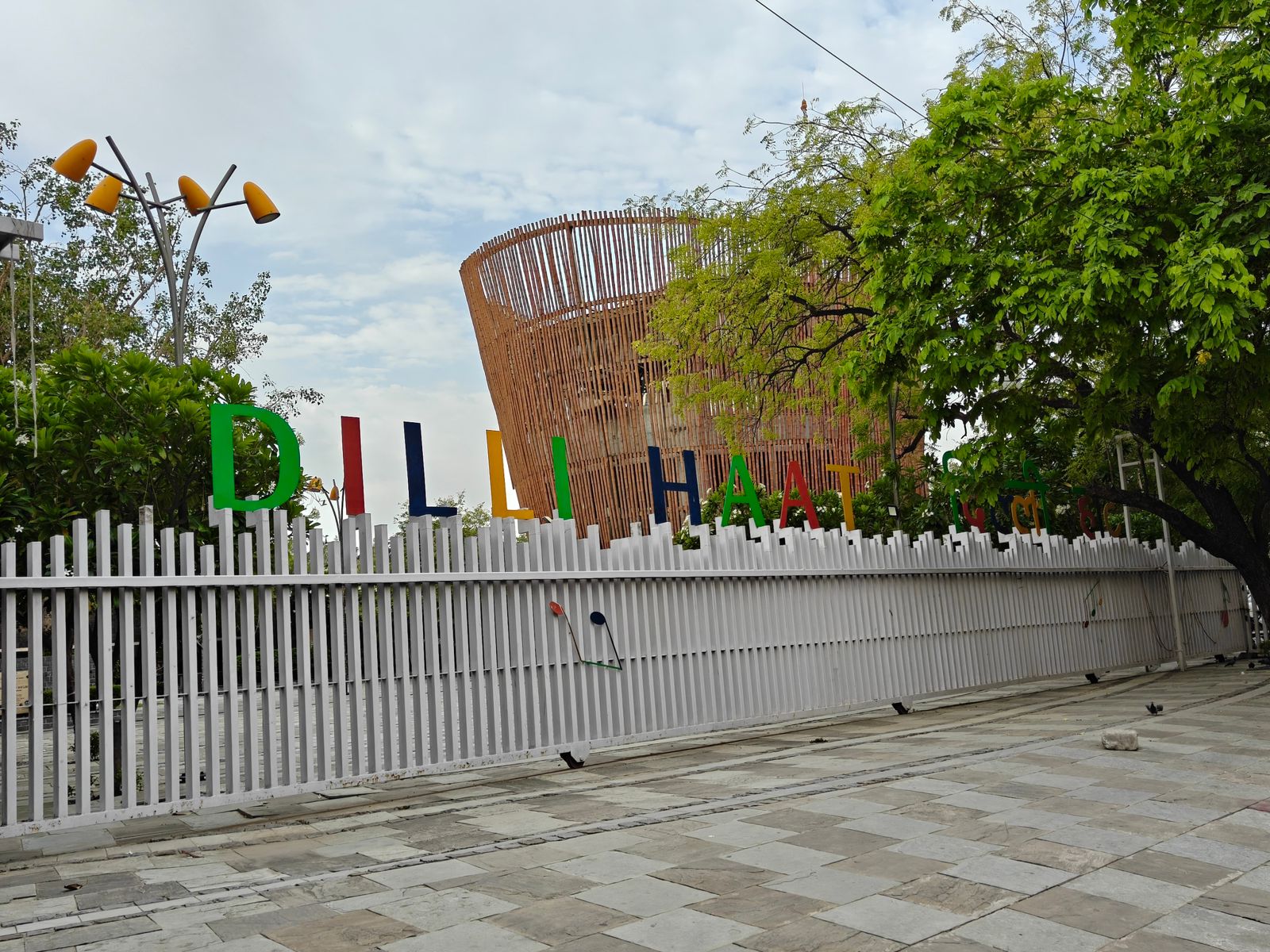 Camera samples. (OnePlus 13s camera samples. Image resized for web)
Camera samples. (OnePlus 13s camera samples. Image resized for web)
 Camera samples. (OnePlus 13s camera samples. Image resized for web)
Camera samples. (OnePlus 13s camera samples. Image resized for web)
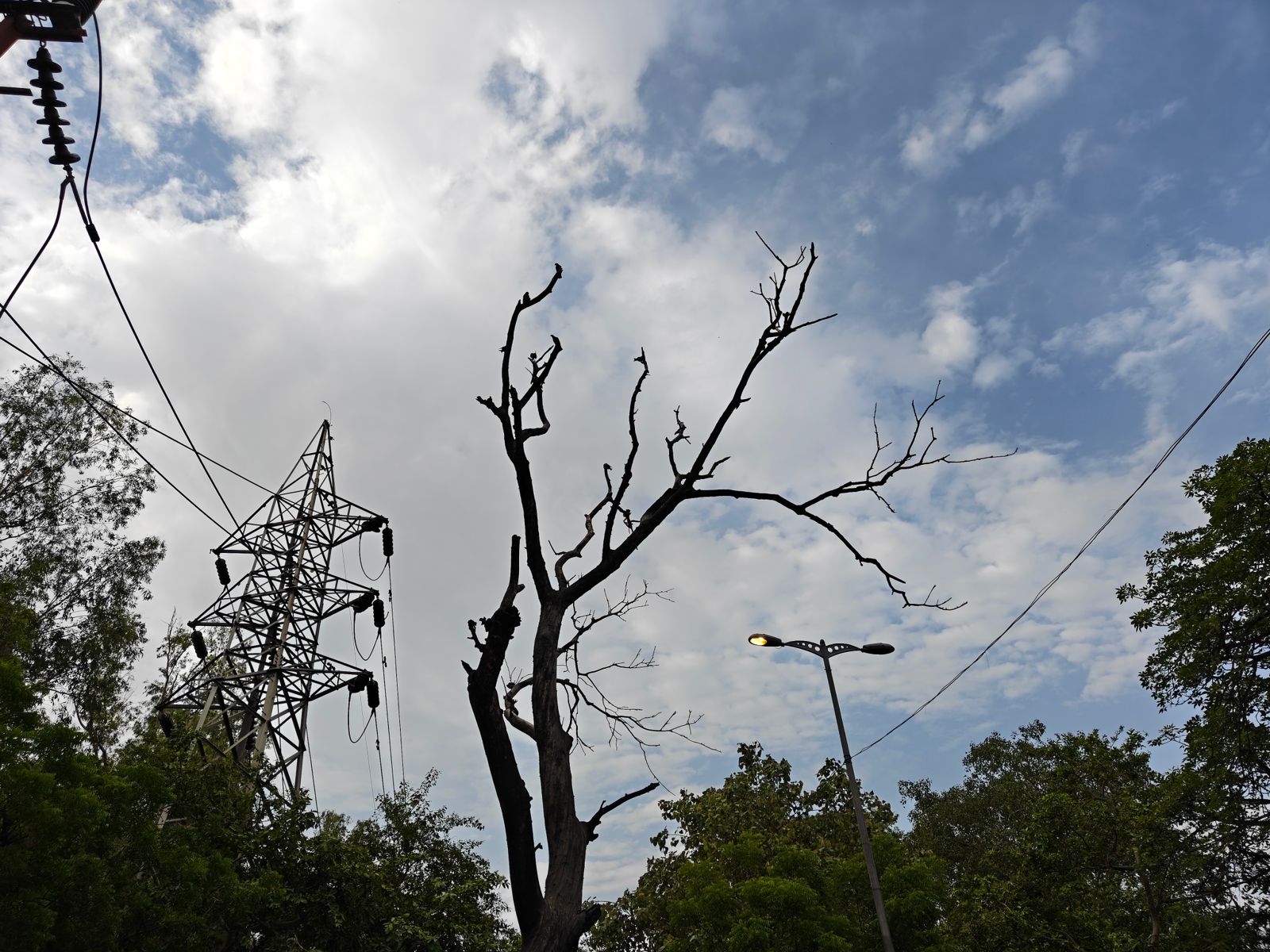 Camera samples. (OnePlus 13s camera samples. Image resized for web)
Camera samples. (OnePlus 13s camera samples. Image resized for web)
While having only two rear lenses isn’t very many for a modern smartphone, especially one at this price point, both cameras perform exceptionally well. The results from the primary and telephoto cameras are sharp and colourful, and there’s not much to complain about.
 The OnePlus 13s isn’t a small phone per se; it’s almost the size of the iPhone 16 Pro. (Image credit: Anuj Bhatia/Indian Express)
The OnePlus 13s isn’t a small phone per se; it’s almost the size of the iPhone 16 Pro. (Image credit: Anuj Bhatia/Indian Express)
However, the main camera tends to oversaturate pictures when they are very bright, like in the sample below, where I photographed a colleague’s bright, fluorescent green sneakers. The addition of 2x zoom is a nice touch, but image quality deteriorates quite quickly at higher zoom levels. Speaking of video, that can be recorded at up to 4K 60fps, and there’s a 32-megapixel selfie camera that does a good job on the front too.
Should you buy the OnePlus 13s?
The OnePlus 13s is an interesting smartphone, not because it’s radically different or trying to upend the market, but because it’s a meaningful device that truly makes a difference. The compact design is thoughtful, and the battery life is amazing.
Story continues below this ad
Of course, there are plenty of choices if you want a premium flagship smartphone. I recommend anyone with an older iPhone or Android device to consider the OnePlus 13s, especially if you are looking for a compact phone. It could be a great option.


